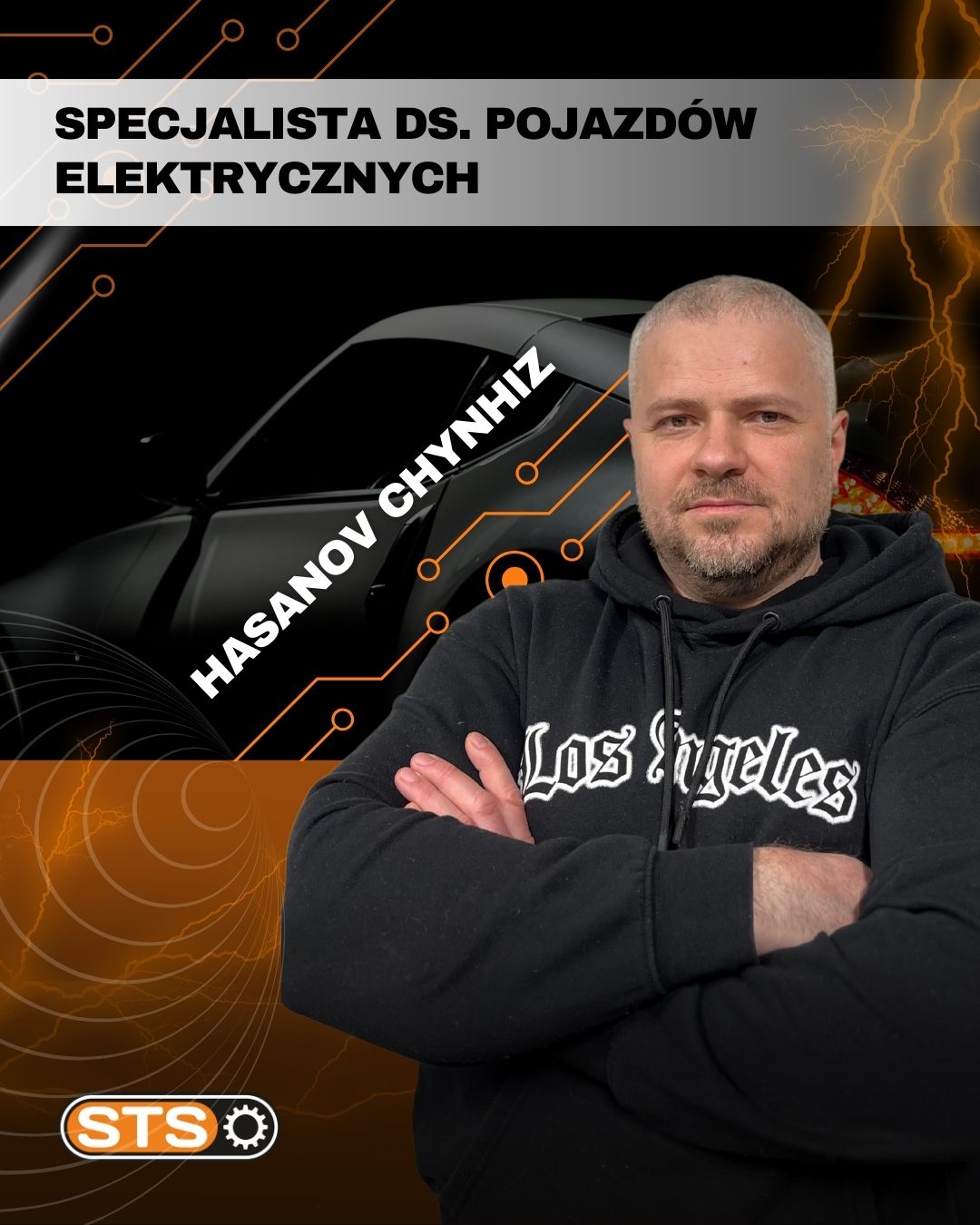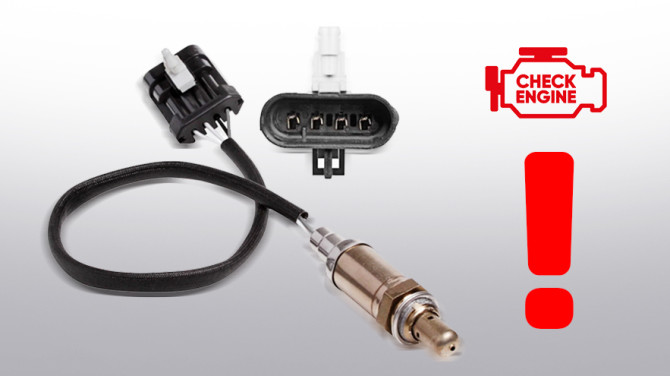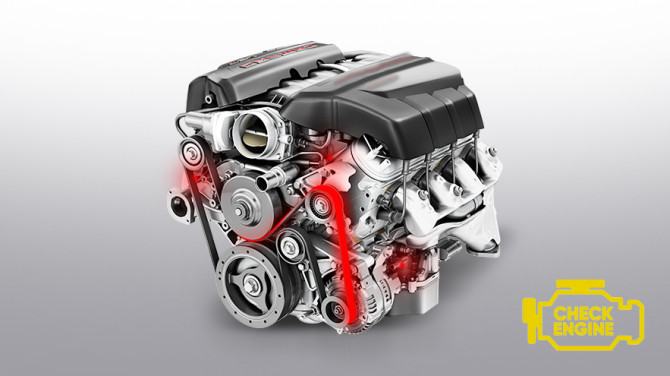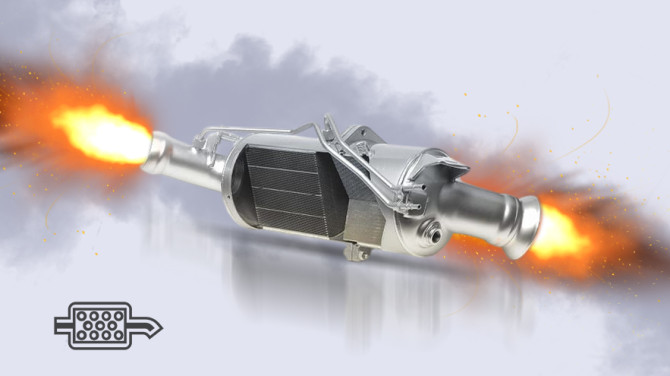Types and features of hybrid cars
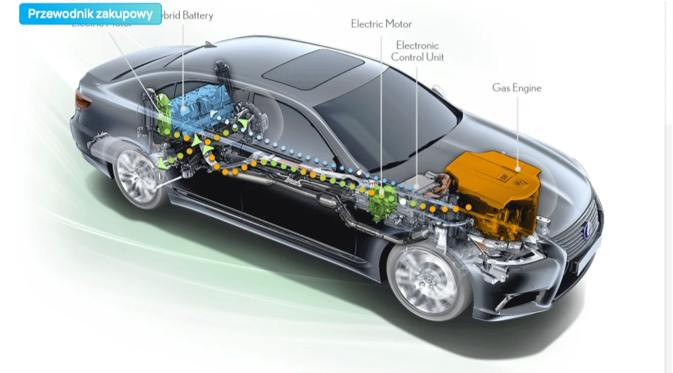
Hybrid car manufacturers position their products as a certain balance between efficiency and performance. It's like an intermediate class between clean electric vehicles and cars with internal combustion engines, which is designed to offset the disadvantages of both. In petrol-diesel, these are emissions of harmful substances, in electric cars - a relatively low power reserve and the time required to charge the batteries. There are several types of hybrids, each with its own pros and cons. Let's try to figure them out.
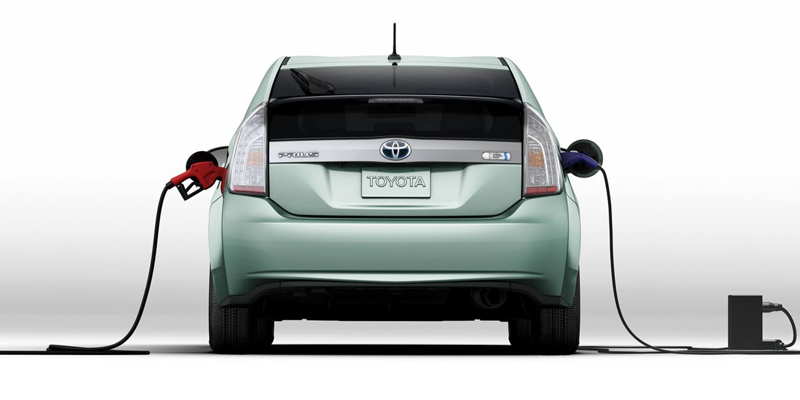
History of hybrid cars
Although many consider the Toyota Prius to be the first hybrid, it is actually only the first mass-market hybrid car. Successful experiments to create such cars were carried out more than 100 years ago. Back in 1910, the prominent car designer Ferdinand Porsche, together with the Austrian body company Lohner-Werke, created a hybrid so efficient that one of its versions even participated in races and won them. Its design was so similar to modern ones that it even used a starter generator.
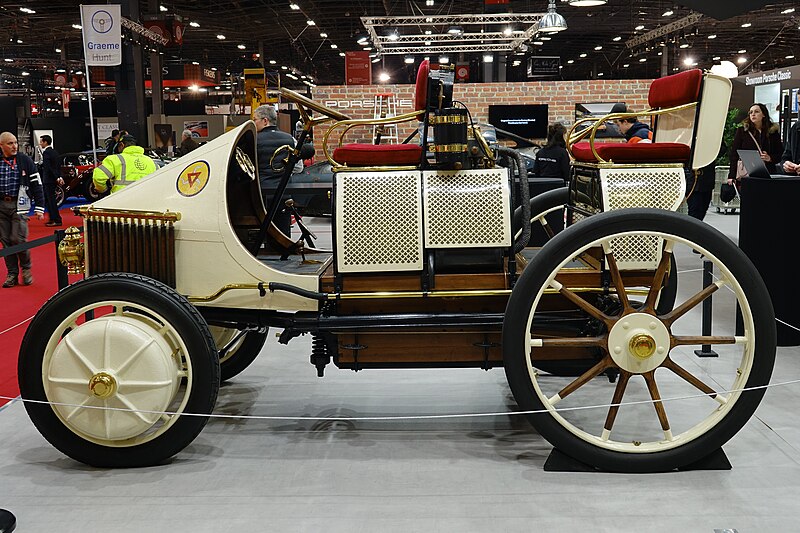
Large-scale production was not possible due to the significant disadvantages of this HEV. The first was its huge weight at the time. Due to the imperfection of the batteries and electric motors of the time, a two-seater open phaeton with only a front axle drive weighed as much as 1500 kg. The second was the high price. The Spartan Lohner-Porsche cost about 3 times more than the average car of the time. It took almost a century for the main components of a hybrid car to become lighter and cheaper so that they could be used in a passenger car for a wide range of people.
Hybrid technologies have been used and developed in other areas all this time: in railway and maritime transport, as well as in heavy mining dump trucks. However, their use here was not due to economic benefits, but to the ability to transmit torque with minimal losses: it was easier to do this through wires than through a transmission. However, there were also hybrids that used high-voltage batteries to minimise the operation of the internal combustion engine. Submarines actively monitored the reduction of emissions into the atmosphere - not for the sake of the environment, but to avoid detection by the enemy.
Classification of hybrid cars
Initially, hybrids were divided mainly by the method of connecting the engines and batteries to the drive, into three schemes:
- Serial. According to it, the internal combustion engine has a mechanical connection only with the generator, and the traction electric motor - with the drive wheels. This is how diesel locomotives, mining trucks, and modern passenger hybrids, for example, the Chevrolet Volt of the first generations, are arranged.
Parallel. Both types of engines are mechanically connected to the differential, so they can work together or separately. This arrangement makes it possible to use a manual transmission. It is used in Honda cars.
Serial-parallel, or synergistic drive. In this type of engine, the starter generator and electric motor are connected to each other and the wheels by a planetary gearbox. This allows you to change the power ratio between them. It is used in Toyota cars, such as the Prius.
However, recently, such cars are more commonly classified by the type of hybrid system, the charging method and the interaction between the internal combustion engine, electric motor and high-voltage battery. This is not so much a marketing ploy as an opportunity for a future buyer to choose a vehicle to suit their needs. So, the classification itself is as follows
HEV (Hybrid Electric Vehicle)
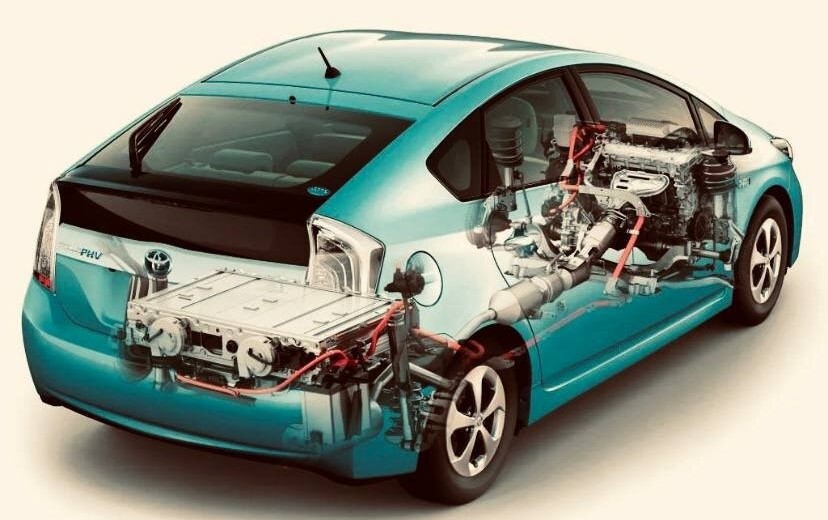
This is the name of the classic scheme used in the first production hybrids, such as the Toyota Prius. The batteries of these cars can only be charged either from a conventional engine or by recovering energy during braking. External charging via a cable is not provided. The battery capacity is small, as is the distance that HEVs can travel on electric power alone.
In fact, this also includes FHEV (Full Hybrid Electric Vehicle). The principle of operation of a full hybrid is similar to an incomplete hybrid, but in some cases, such cars have a slightly larger battery, and, as a result, a range only on electricity. And in some cases, it's just a nice set of words that emphasises that you're looking at a true hybrid with a full range of functions.
PHEV (Plug-In Hybrid Electric Vehicle)

«Plug-in hybrid electric vehicle» – is a real intermediary between electric cars and hybrids. It can be charged from a power outlet, either at home or at a station, and can be driven using only electric traction. Modern PHEVs have a fairly impressive range, sometimes up to 90-100 km, and a larger high-voltage battery than HEVs. It can also be charged in other ways, including recuperation.
Makers of such vehicles usually claim very low fuel consumption (often around 2 litres/100 km) when specifying their characteristics, which is certainly a lie. When driving on the highway, the consumption of PHEVs is virtually indistinguishable from other hybrids. At the same time, if you use such a car only to move from outlet to outlet, you can achieve zero hydrocarbon consumption.
MHEV (Mild Hybrid Electric Vehicle)

«Mild hybrid» is a car created on the basis of a conventional car with an internal combustion engine with minimal changes. The only difference is the presence of a very small high-voltage battery that powers a starter/generator connected to a petrol or diesel engine pulley by a drive belt. This electric motor only helps during acceleration and starts the warmed-up internal combustion engine (a classic starter is provided for cold start).
There are no electric driving options, as well as no external charging or recuperation. The starter generator charges the high-voltage battery only when the conventional engine is running. As a rule, they are connected to a separate network of their own, most often with a voltage of 48 V. In addition to them, other powerful consumers can be connected to it: the climate system, brake and/or steering system amplifier.
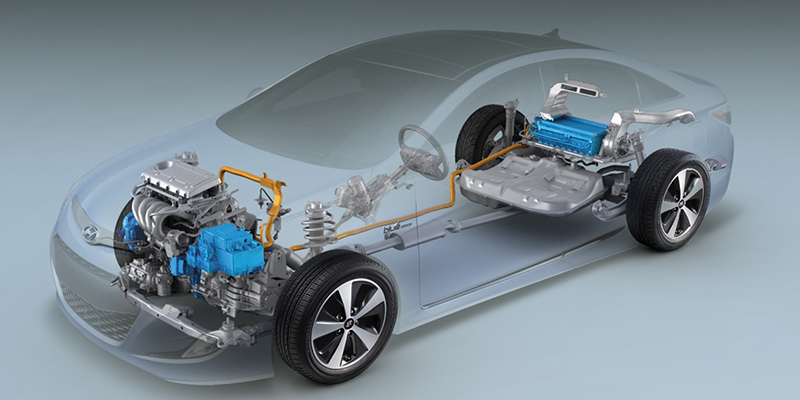
These are the main types of hybrid cars today. There are also EREVs (Extended Range Electric Vehicle), electric vehicles with small auxiliary internal combustion engines exclusively for recharging batteries, or FCEVs (Fuel Cell Electric Vehicle), which are fuel cell vehicles, mostly hydrogen, but they can hardly be called hybrids.
So, as you can see, hybrids are different. This means not only different characteristics, but, unfortunately, different malfunctions. But all types of hybrid cars and their malfunctions can be handled by STS.Parts specialists who have many years of experience and all the necessary equipment to service both hybrids and electric vehicles, as well as any other types of cars.
